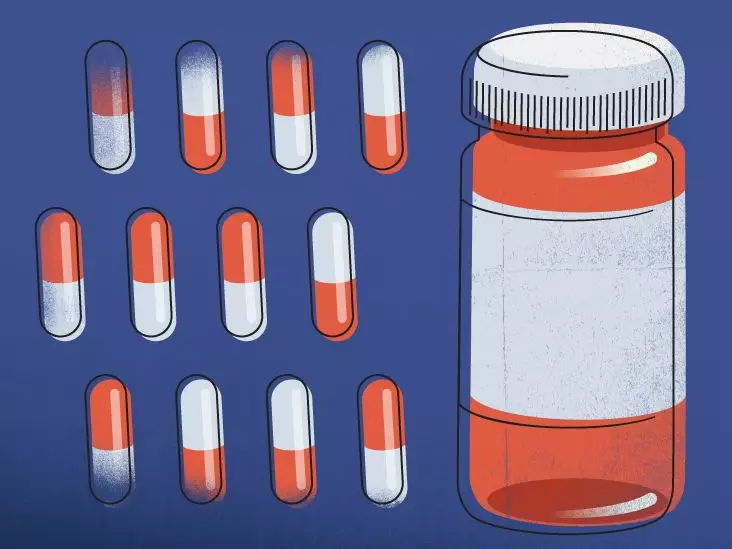Vraylar is a medication that intersects the domains of psychiatry and pharmacology, primarily used to treat certain mental health conditions. Its efficacy largely hinges on its mechanism of action, which involves the modulation of key neurotransmitters in the brain. This article aims to dissect the complex interplay between Vraylar, its target neurotransmitters, and its effects on various mental health disorders.
Neurotransmitters are biochemical messengers that convey signals within the brain and throughout the body. Among the most significant are dopamine and serotonin, both of which play pivotal roles in regulating mood, cognitive processes, and behavioral responses. Anomalies in the balance of these neurotransmitters can result in a slew of psychological symptoms, including those commonly associated with depression, mania, and psychosis. Disruptions in serotonin levels may lead to feelings of sadness or hopelessness, while aberrations in dopamine often manifest as heightened states of mania or psychosis, including hallucinations and delusions.
Understanding how these neurotransmitters work underpins Vraylar’s function. By re-establishing equilibrium between dopamine and serotonin activity, Vraylar aims to mitigate the symptoms that arise due to these imbalances. Although significant strides have been made in understanding its action, ongoing research continues to unravel the complexities of how Vraylar influences psychological states.
Vraylar is prescribed for individuals grappling with disorders such as schizophrenia and bipolar disorder. It primarily targets severe symptoms like psychosis—characterized by hallucinations, delusions, and paranoia—as well as manic symptoms such as racing thoughts and extreme agitation. Furthermore, it offers relief for depressive symptoms common in bipolar disorder, helping alleviate feelings of profound sadness, guilt, and hopelessness.
Additionally, Vraylar’s benefits extend to alleviating anxiety, sleep disturbances, and energy deficiencies that frequently accompany mental health disorders. Patients may find improvements in cognitive functions such as memory, concentration, and interpersonal communication, which are often hindered by their conditions. The comprehensive scope of Vraylar’s therapeutic effects illustrates its potential as a multifaceted treatment option for mental health conditions.
When starting treatment with Vraylar, the timeline for observing benefits can vary significantly among individuals. Initial improvements, particularly in symptoms of psychosis like hallucinations, often surface within the first few days. However, more enduring effects for conditions such as mood stabilization may take several weeks, necessitating patience and adherence to the prescribed regimen. Despite delayed effects, it is crucial for patients to continue their medication as directed by their healthcare providers to build an effective therapeutic foundation.
A noteworthy aspect of Vraylar is its pharmacokinetics, specifically its half-life—approximately one week. This means that after one week of cessation, the plasma levels of the drug would be reduced by half. It can take upwards of 5.5 half-lives for Vraylar to be eliminated effectively from the body—amounting to roughly 5.5 weeks. This extended duration reinforces the importance of adhering to medical guidance regarding dosages and schedules; discontinuing medication prematurely may leave residual quantities in the body that could still exert effects.
Given the intricate nature of medications like Vraylar, it is paramount that individuals consult with healthcare professionals prior to initiation or discontinuation. A thorough understanding of potential interactions, side effects, and personalized considerations can enhance treatment decisions. The information regarding Vraylar is dynamically evolving, and it cannot substitute comprehensive medical advice tailored to individual needs.
Vraylar exemplifies the delicate yet impactful role of pharmacodynamics in mental health treatment. Its ability to realign neurotransmitter functions places it at the forefront of therapeutic approaches to complex psychiatric conditions. Ongoing research is crucial to understanding its full potential and guiding effective treatment strategies for those in need.

